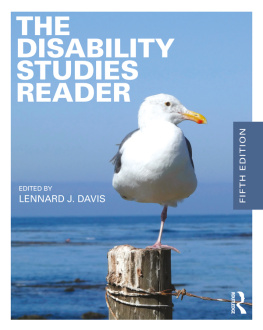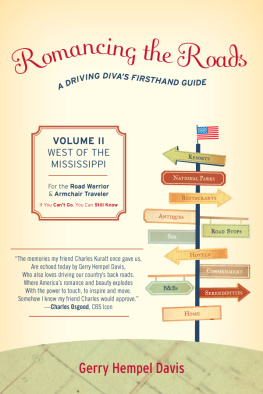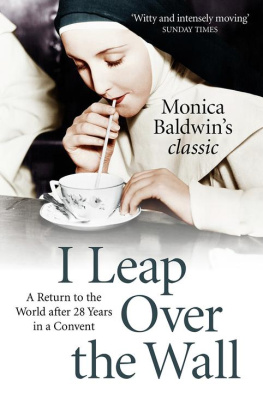A sk a member of the public to describe a murderous mother and they will usually describe a teenage girl who hides her pregnancy from her parents, gives birth alone in her bedroom and leaves the infant to die of exposure in a nearby park. But, in reality, mothers also kill in their twenties, thirties and forties and their reasons for killing their newborn to teenage children are equally diverse. Within these pages youll find women who murdered their offspring for the insurance money, to garner attention or in order to enjoy a new romance. A few killed their children (and sometimes committed suicide immediately afterwards) whilst in the throes of post-natal depression, whilst others believed that their hapless progeny were possessed.
Some of the fathers who killed were also religious and believed that they were sending their brood to a better place, though in other cases the motive was financial. Chillingly, the most common reason was to get revenge on the childrens mother because she had left them or was planning to leave. In other instances, the motive was merciful, with their terminally-ill children facing an agonising and protracted death.
Theres also a section on couples who killed their children together, in the belief that they were ridding them of demonic possession or whilst physically disciplining them. Others were guilty of gross medical neglect.
In previous books, Ive split British and American killers into distinct sections because their modus operandi were different for example, British sadists usually kill close to home whilst American sadists often transport their victims for hundreds of miles, assaulting them repeatedly en route. But a revenge father who kills in Britain and a revenge father who kills in the states are amazingly similar, threatening their exes and even phoning them whilst in the act of murdering the children. Similarly, there was little distinction between a neglectful mother in the UK or the US and cases from France and Australia showed the same character traits. As a result, Ive grouped these killers in themed chapters according to their reasons for the murder or murders rather than by country of origin.
The fourth part of the book examines ways of preventing some of these murders and is followed by an appendix of useful addresses.
T hirty infants a year are killed in Britain, mostly by their mothers. These women often conceal their pregnancies and give birth alone in their bedrooms or in semi-public settings such as a college bathroom or a hotel.
They do so for a variety of reasons. Sometimes the baby is the result of an affair which theyve had whilst their husband was working away from home, and to admit to the pregnancy will end the marriage. In other instances, the girl is single and from a religious family which opposes pre-marital sex. Women with a previous history of mental illness are more likely to panic when they find out that they are expecting an unplanned and unwanted baby, as are those who are already under stress from existing life events.
The stereotype is of a teenage or even younger girl who has little understanding of biology, but many mothers who kill their children at birth are in their late teens or early twenties. They tend to be passive individuals with a desperate need to appear perfect to their parents and friends.
Though impoverished, uneducated girls are the most likely to give birth in secret and dispose of their babies immediately afterwards, its not unusual for high school pupils and university students to do likewise, preferring the extended pain of a medication-free birth to admitting the impending arrival of an illegitimate child.
If a mother murders her baby in its first 24 hours, the crime is neonaticide. In reality, most of these women snuff out the babys life usually by strangulation or suffocation when it gives its first cry. Others abandon the infant in a dustbin or under a bush in the park so that it dies of exposure. In America, such infants are often disposed of down the garbage chute. Some American prosecutors make no allowance for the new mothers state of mind, so girls who kill their newborns can be given lengthy sentences for murder in the US.
The Infanticide Act, passed in Britain in 1922, recognises that childbirth and lactation can cause enormous hormonal shifts which result in temporary mental illness and can cause a mother to kill her baby. (The act isnt applicable in Scotland, but Scottish judges tend to sentence along similar compassionate lines.) As such, women who commit neonaticide in the United Kingdom face, at worst, the charge of manslaughter.
The case which follows, that of British mother Caroline Beale, made headlines throughout the world when she secretly gave birth during a holiday in the United States and was caught attempting to take her dead baby back into Britain. The American legal system demanded a 25-year sentence whilst British authorities pleaded for clemency given her obvious fragility and confused state of mind.
CAROLINE ANN BEALE
Unlike many women who are charged with neonaticide, Caroline born in June 1964 was from a good, loving family. She left school at 16 and went to college where she did a course in community care. Attractive and well liked, she went on to work in health administration and, at 22, began dating Paul Faraway, the son of a teacher and a judges clerk, who made sporting rifles for a gunsmith. The following year they set up home together in Essex and got engaged.
Throughout the rest of the 1980s and the early 1990s, the couples lives were comparatively uncomplicated. But, in the summer of 1993, Carolines best friend Alison had a recurrence of the cancer which shed been treated for in 1991. She began to feel tired all the time and didnt respond to chemotherapy. Later, surgeons had to remove her ovaries.
In March 1994, Caroline realised that she was pregnant (shed conceived in January) but didnt tell anyone and tried to put it to the back of her mind. She knew that Alison had wanted children but could no longer have them, so perhaps on a subconscious level she didnt want to upset her ailing friend. She continued to visit Alison in hospital, though she sometimes had to cut the visits short as she was deeply distraught at how badly illness had ravaged her.














